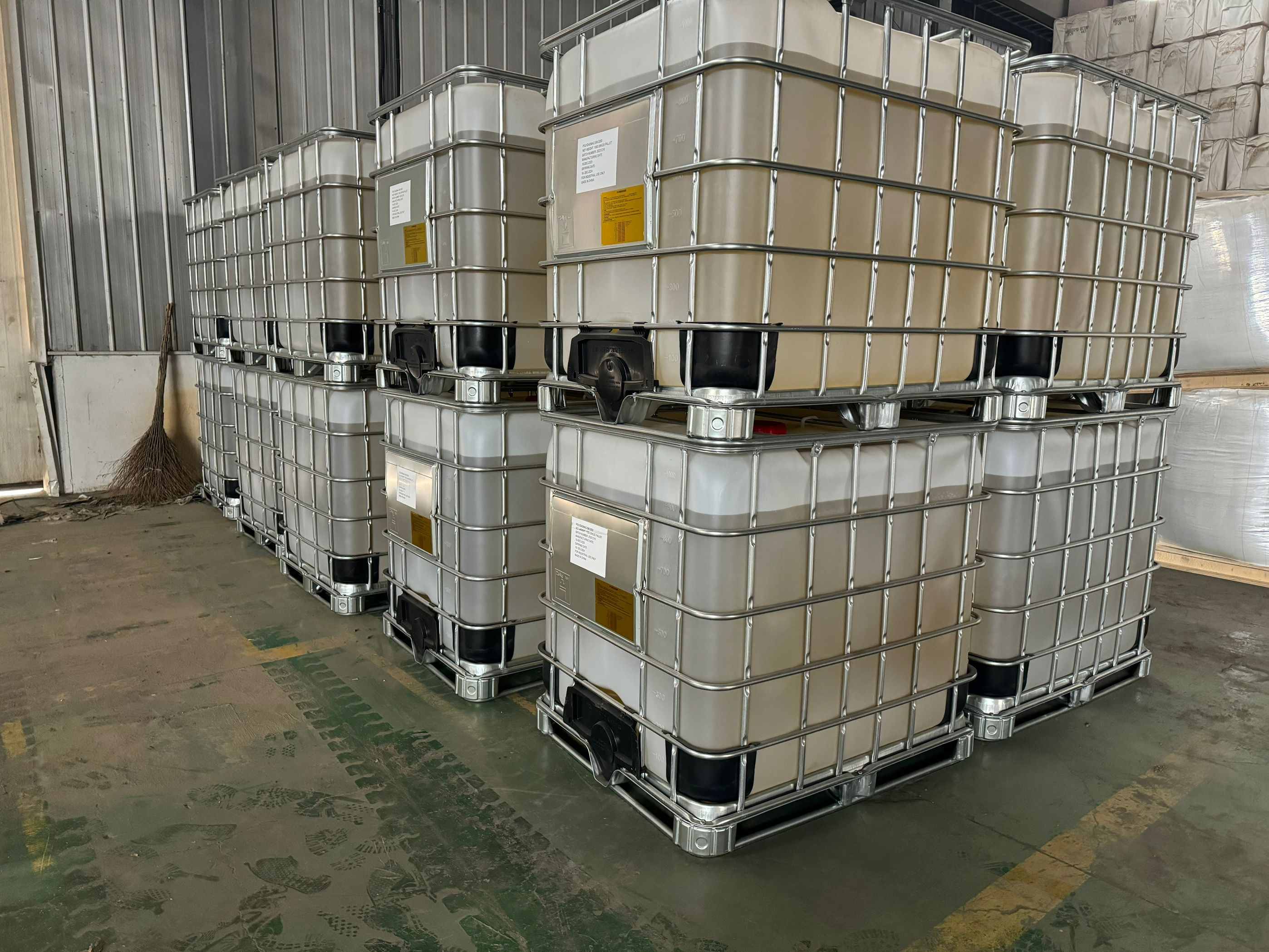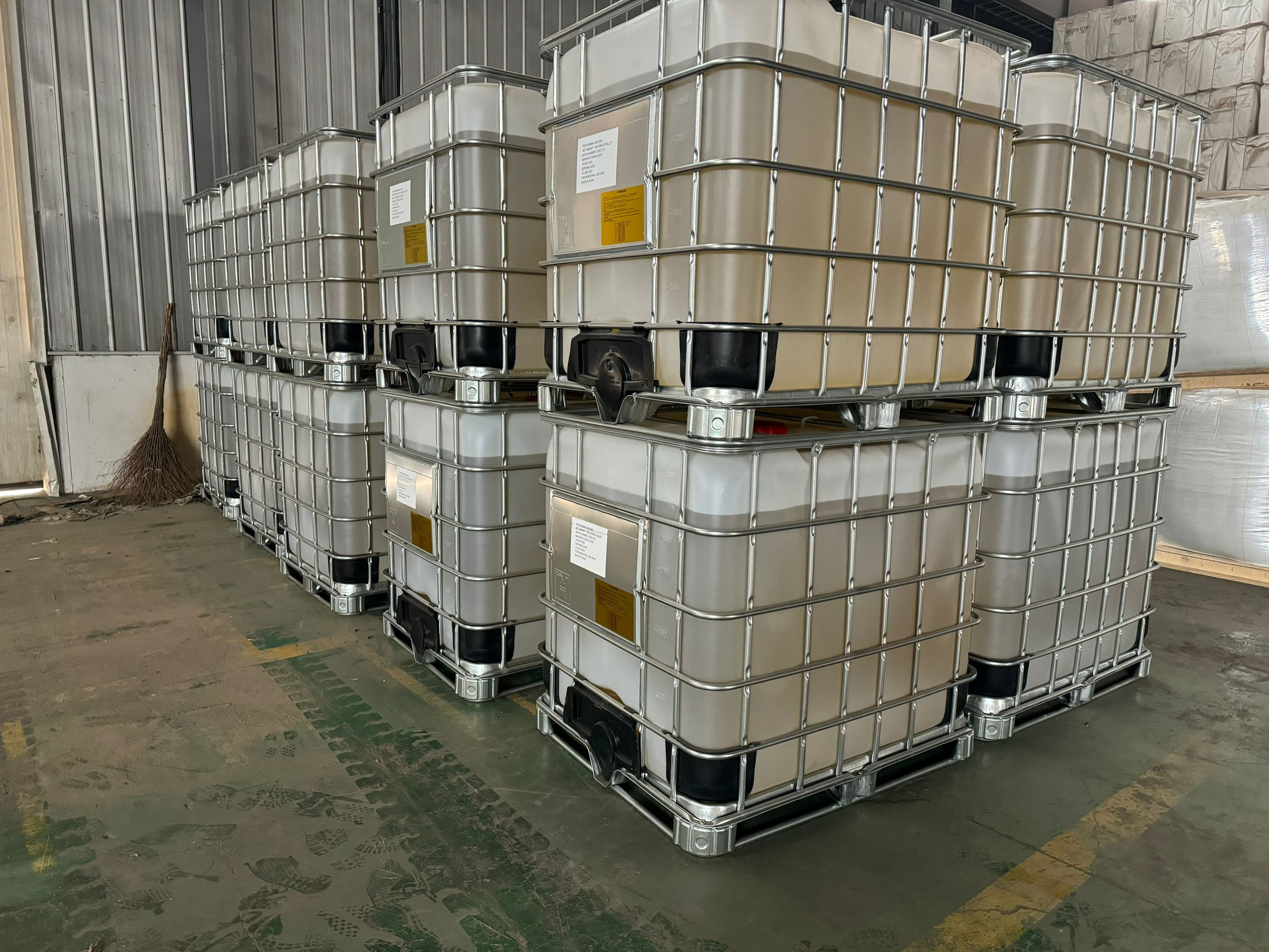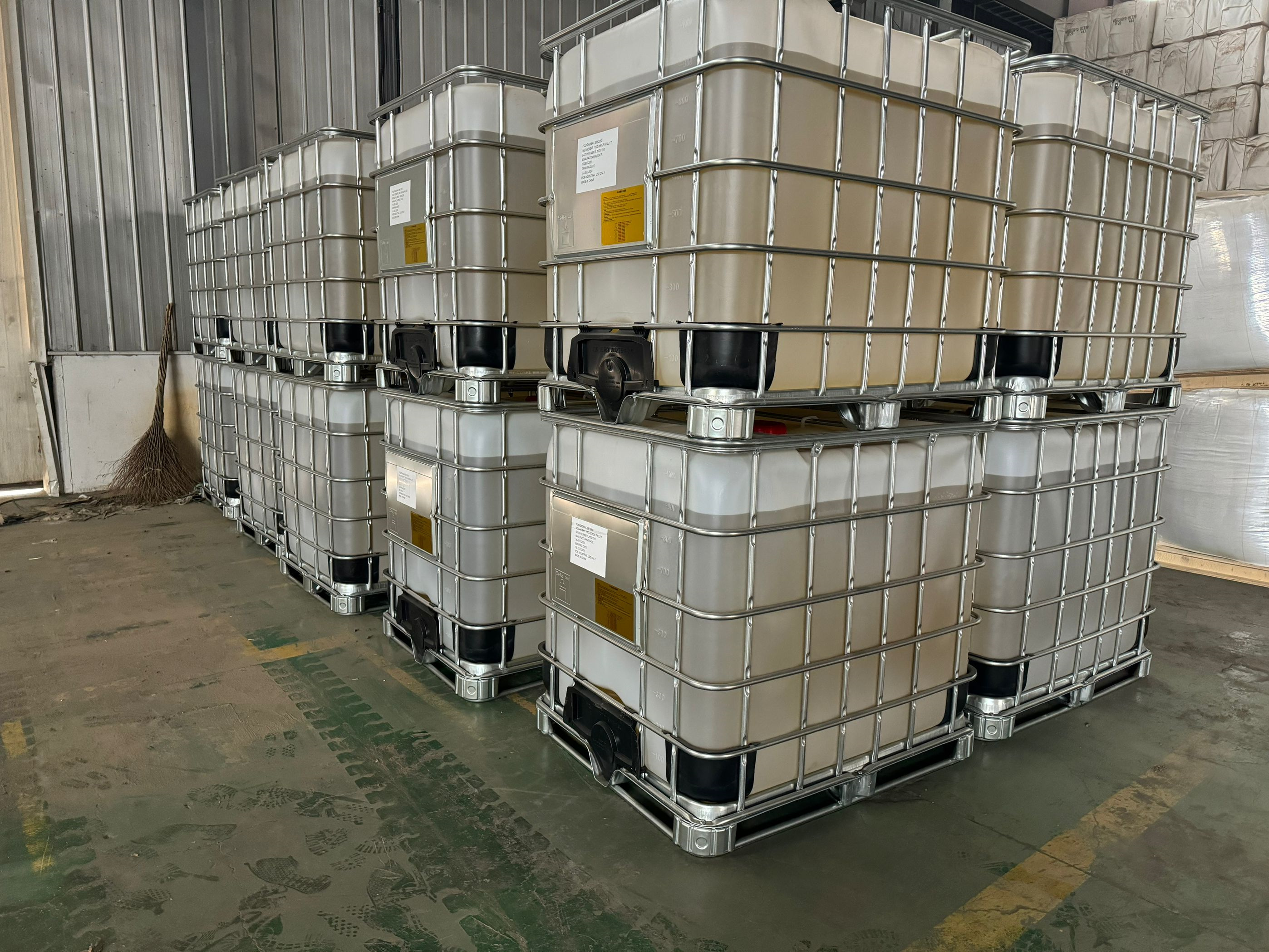Polyamine, often referred to in the context of cationic polyamines, is a synthetic water-soluble polymer widely applied in water treatment and industrial processes
Equivalent model of polyamine(FL3150 FL2250)can be replaced by Asiafloc FL series
Material
- polyamine
Color
- light yellow
Application
- water treatment ,mineral processing
Certificate
- ISO9001 ,ISO14001
Place of Origin
- China
Other Names
- polyamine
Brand Name
- asiafloc
Usage
- water treatment ,mineral processing ,textile ,oil and gas
Applications of Polyamine
1. Introduction to Polyamine
Polyamine, often referred to in the context of cationic polyamines, is a synthetic water-soluble polymer widely applied in water treatment and industrial processes. It is usually produced through the condensation of epichlorohydrin and amines, giving it a permanent positive charge that is highly effective in destabilizing and aggregating negatively charged colloids and organic matter. The cationic nature of polyamine, independent of pH, makes it particularly suitable for clarifying water, conditioning sludge, and improving industrial processing efficiency.
Polyamine comes in various molecular weights and charge densities, typically supplied as a liquid solution with solids content between 20% and 50%. Its main appeal lies in efficiency, stability, versatility, and reduced chemical consumption compared to traditional inorganic coagulants such as alum and ferric salts.
2. Municipal Water Treatment
The largest single application of polyamine is in municipal water treatment. As a primary coagulant, polyamine neutralizes the negatively charged particles in raw water—such as clays, silts, organic acids, and algae—allowing them to aggregate and settle.
Drinking water purification: Polyamine is widely accepted for use in potable water systems because of its effectiveness at low dosages and its ability to produce less residual sludge. It reduces turbidity, removes natural organic matter, and enhances disinfection by reducing precursors of disinfection by-products (DBPs).
Surface water clarification: In rivers or lakes with fluctuating turbidity, polyamine ensures stable and reliable clarification performance.
Blending with inorganic coagulants: Polyamine is often used in conjunction with aluminum sulfate (alum) or ferric chloride, improving coagulation efficiency, reducing chemical use, and enhancing filter run times.
By improving clarity and reducing treatment costs, polyamine plays a critical role in ensuring safe and reliable drinking water supply.
3. Municipal and Industrial Wastewater Treatment
a. Municipal Wastewater
In sewage treatment plants, polyamine is applied to improve the primary clarification process, enhancing the removal of suspended solids and organic matter. It also assists in phosphorus removal and helps condition biological sludge for improved settling and thickening.
b. Industrial Wastewater
Many industries generate effluents that are rich in color, organic compounds, and fine particles. Polyamine is widely used in:
Textile wastewater: Decolorizes dye effluents and reduces chemical oxygen demand (COD).
Food and beverage industry: Helps treat wastewater containing proteins, starches, sugars, and fats, leading to improved effluent clarity.
Petrochemical and chemical industries: Removes emulsified oils and organic contaminants, ensuring compliance with discharge regulations.
Mining wastewater: Separates fine suspended solids and improves water recovery for reuse in processing.
Because of its high cationic charge, polyamine can handle a broad range of effluent types, often performing better than conventional inorganic coagulants.
4. Sludge Dewatering and Conditioning
Sludge management is one of the most expensive parts of wastewater treatment. Polyamine helps condition sludge before dewatering by aggregating fine particles into larger flocs. This improves the performance of centrifuges, belt presses, and filter presses.
Benefits include:
Increased sludge dryness (drier cakes).
Reduced sludge volume, leading to lower disposal costs.
Improved handling and transport efficiency.
Often, polyamine is used in combination with higher molecular weight polymers such as cationic polyacrylamides to achieve optimal results.
5. Papermaking Industry
The papermaking industry is a significant user of polyamine. Its main applications include:
Retention aid: Polyamine improves the retention of fines, fillers, and additives in the paper sheet, which increases paper quality and reduces waste.
Drainage aid: Enhances water drainage on the paper machine, allowing higher production rates and improved energy efficiency.
Fixing agent: Neutralizes anionic trash (dissolved and colloidal substances like lignin derivatives, resins, and hemicelluloses) that would otherwise interfere with papermaking.
Sizing aid: Enhances the efficiency of internal sizing agents, improving paper’s resistance to liquid penetration.
Charge balance control: Helps maintain proper cationic–anionic charge balance in closed water circuits, improving machine runnability.
By improving retention, drainage, and system balance, polyamine helps paper mills achieve better quality, higher efficiency, and reduced chemical consumption.
6. Oilfield and Petroleum Applications
Polyamine plays a role in the oil and gas industry, particularly in water clarification and oil–water separation processes.
Produced water treatment: Removes suspended solids and assists in separating oil from water before reinjection or discharge.
Demulsification aid: Supports breaking of stable oil–water emulsions, improving recovery efficiency.
Water quality for enhanced oil recovery: Clarified water reduces fouling and scaling risks when reinjected into reservoirs.
The high charge density of polyamine ensures stable performance even under the high salinity and variable conditions encountered in oilfield environments.
7. Mining and Mineral Processing
In mining, polyamine is used to improve solid–liquid separation. It clarifies tailings pond water, allowing it to be recycled back into mineral processing. It is also applied to remove slimes and ultrafine particles in the beneficiation of coal, bauxite, and phosphate ores.
These applications increase resource efficiency, reduce water consumption, and minimize the environmental footprint of mining operations.
8. Sugar Industry
In sugar processing, polyamine is applied to clarify raw cane and beet juice. It removes suspended solids, colorants, and colloids, resulting in clearer juice for crystallization.
Compared to lime alone, polyamine improves filtration, reduces chemical use, and enhances the overall efficiency of sugar production.
9. Other Specialty Applications
Beyond mainstream uses, polyamine also finds applications in niche areas:
Swimming pool treatment: Used as a clarifier to remove turbidity and organic impurities.
Cosmetics and personal care: Occasionally incorporated into formulations as conditioning agents due to their cationic nature.
Electronics industry: Applied in wastewater treatment for semiconductor and electronics manufacturing processes.
Leather and tanning: Improves effluent treatment in tannery wastewater.
10. Advantages of Polyamine in Applications
Polyamine is preferred over conventional inorganic coagulants and some other polymers due to several advantages:
High efficiency at low dosage: Effective neutralization of negatively charged particles.
pH flexibility: Remains effective across a broad pH range.
Lower sludge generation: Produces less chemical sludge compared to alum or ferric salts.
Improved sludge characteristics: Enhances dewatering performance.
Compatibility: Can be blended with other coagulants such as polyDADMAC, alum, or ferric salts for optimized results.
Cost efficiency: Reduces overall chemical consumption and sludge handling costs.
11. Environmental and Regulatory Considerations
Polyamine is regarded as safe for use in potable water treatment in many countries, provided dosage limits are respected. Because it is a synthetic organic polymer, facilities monitor its application to minimize residual polymer in treated water. In wastewater systems, its use contributes to regulatory compliance by reducing COD, BOD, and suspended solids levels.
12. Conclusion
To summarize, the applications of polyamine span across multiple industries, with its core uses including:
Municipal water treatment: Clarification and turbidity reduction.
Wastewater treatment: Removal of color, organic matter, and suspended solids.
Sludge conditioning: Improved thickening and dewatering.
Papermaking: Retention aid, drainage enhancer, and anionic trash control.
Oilfield operations: Produced water clarification and demulsification.
Mining: Tailings clarification and slime removal.
Sugar refining: Juice clarification and color removal.
Specialty uses: Swimming pools, cosmetics, electronics, and tanning.





